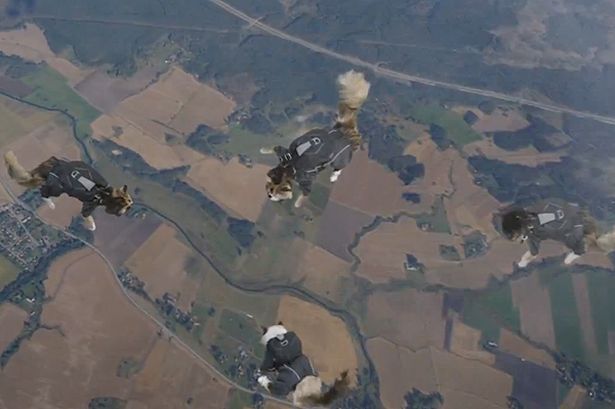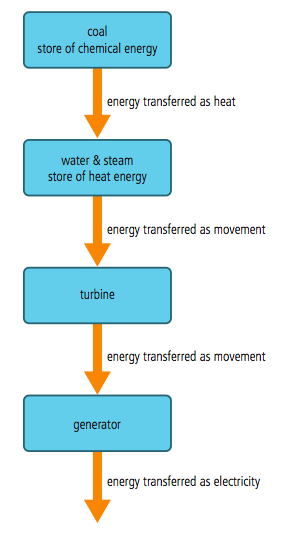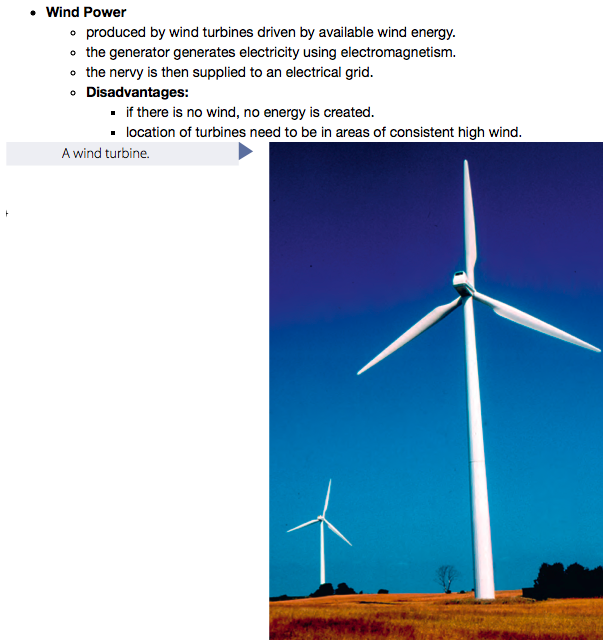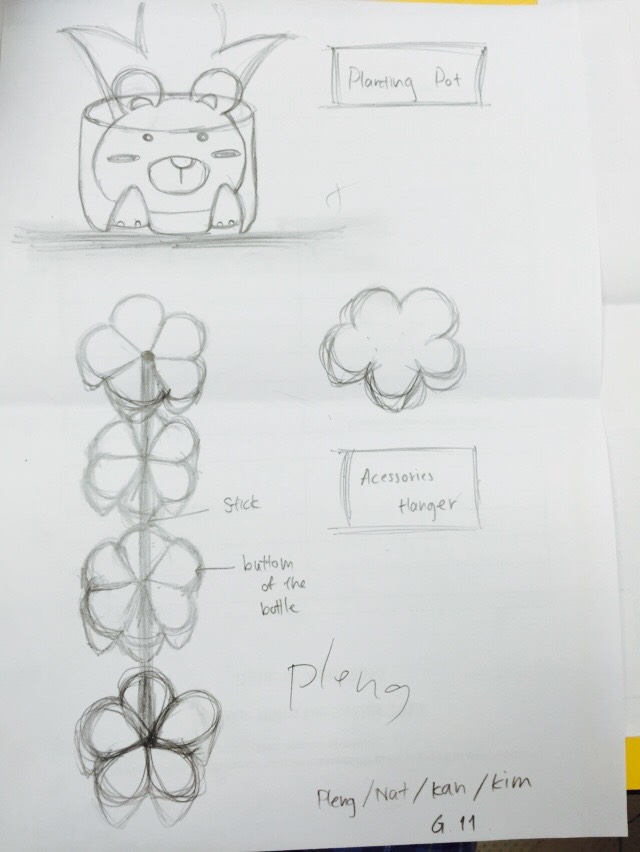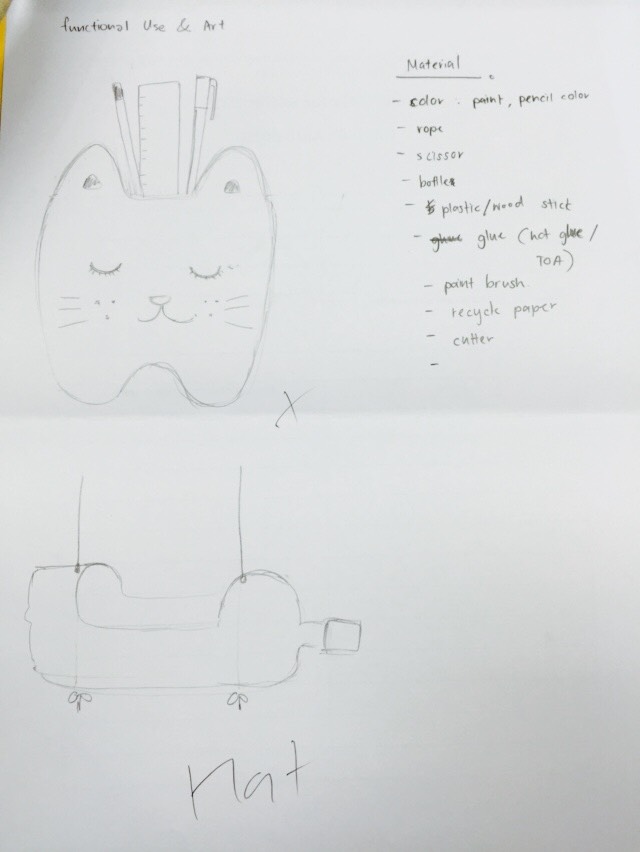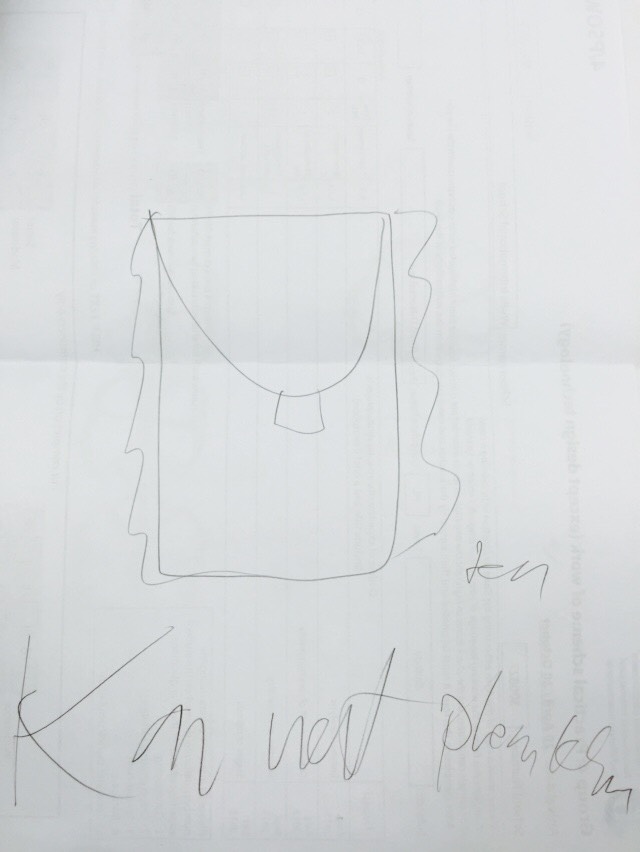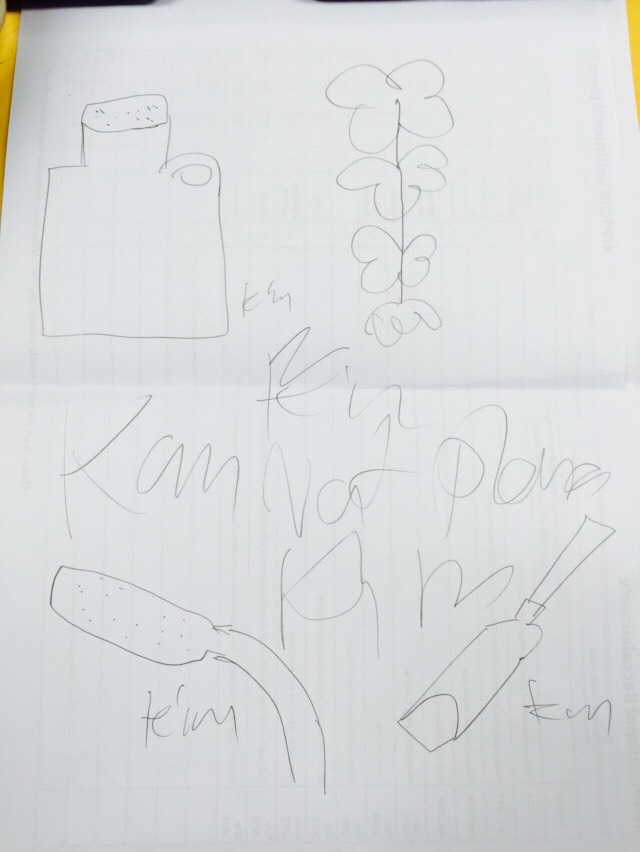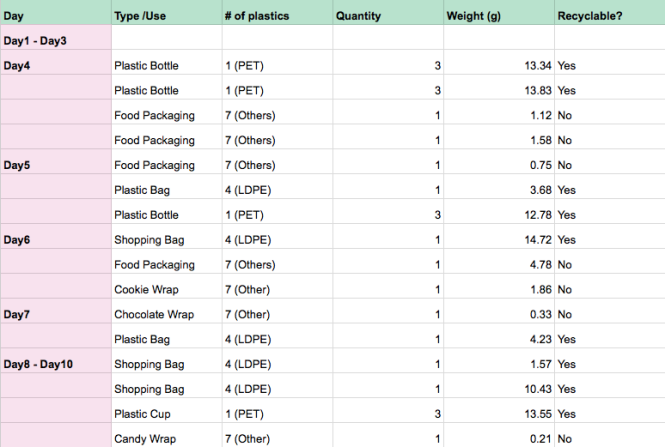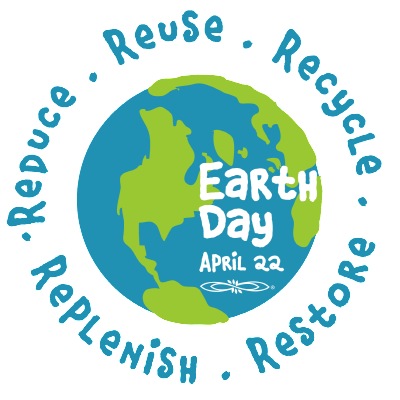Team Members: Pleng, Nat, James, and Kim
Team’s responsibilities and Duties: Arranging teams, and set up the rules.
MS Dodgeball
Team Team 1:
- Pungie G7B
- Elle G7
- Yash G7A
- Ryan G8B
- Nikita G5A
- Anshay G6B
- Nicky G6A
- Deret G7A
- Sujai G7A
Team 2:
- Dong Hoon G7A
- Ivy G7
- Mokshil G7A
- Kasin G7B
- Kevin G7B
- Kanav G7B
- Aaryan G5A
- Maya G5A
- Mark G6B
Team 3:
- Rasidh G7A
- Poonnie G6B
- Akhrin G7A
- Jeff G7B
- Mithil G7B
- David G7B
- Linda G5A
- Insee G7B
- Kanit G7B
